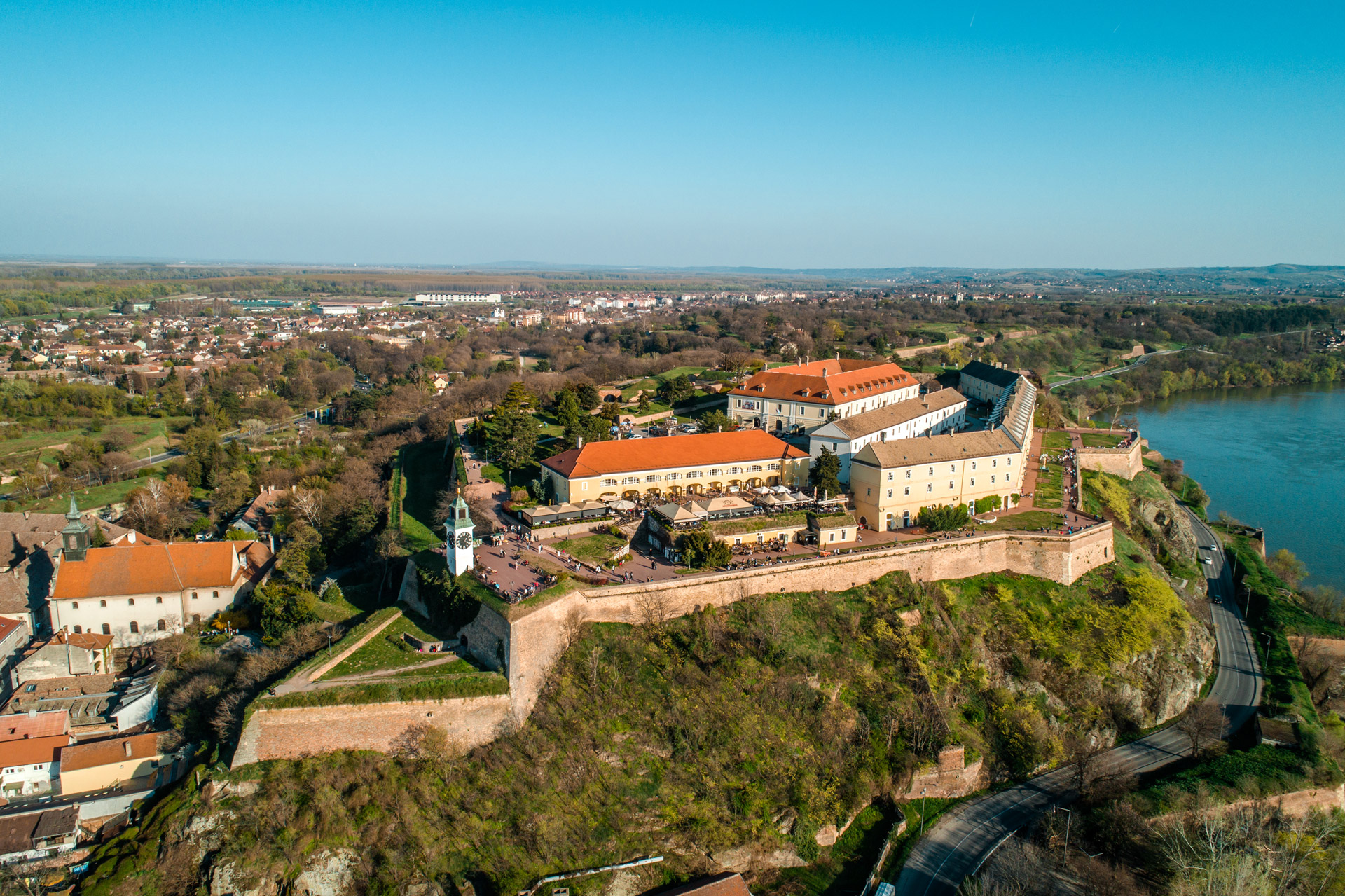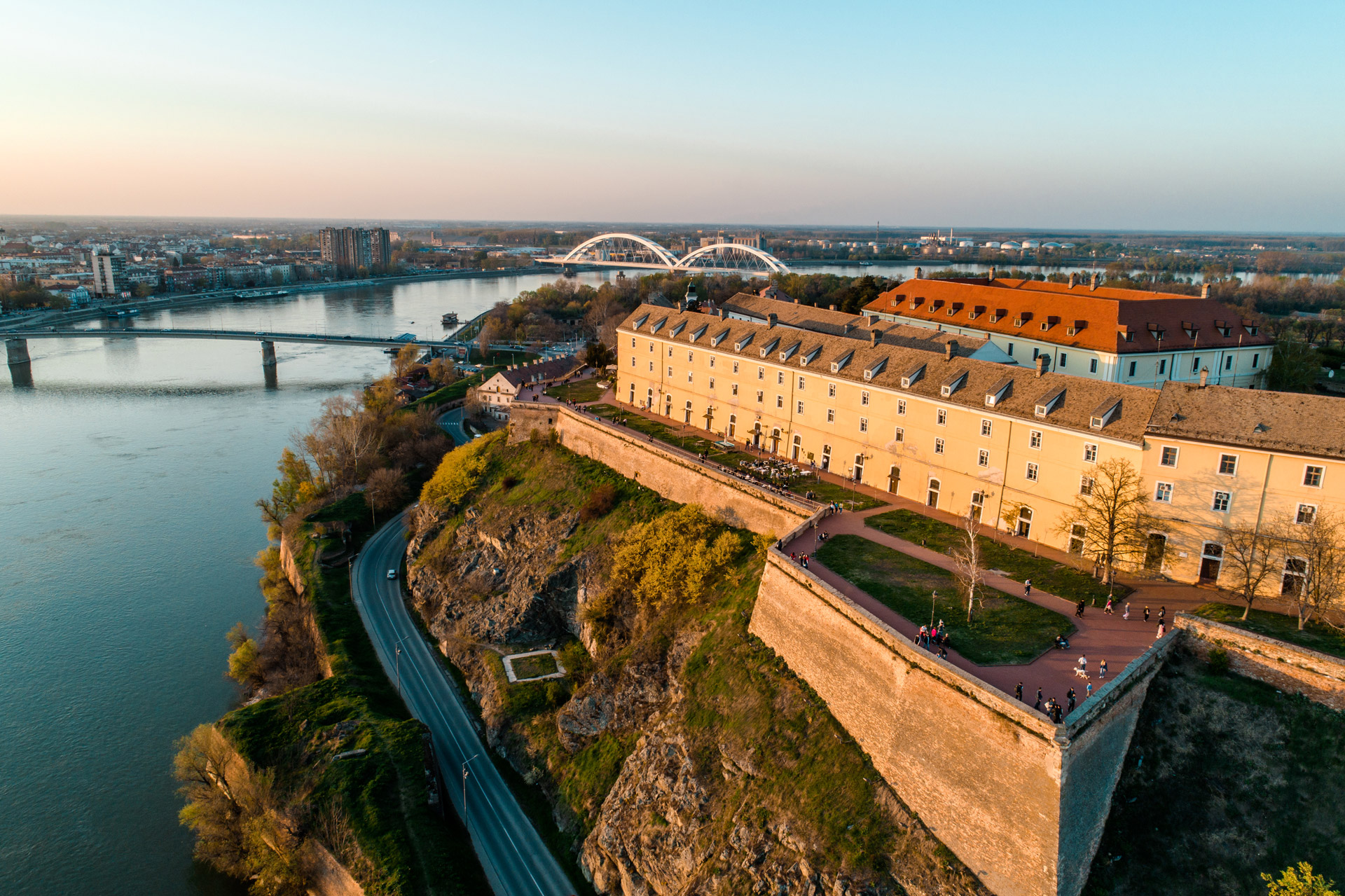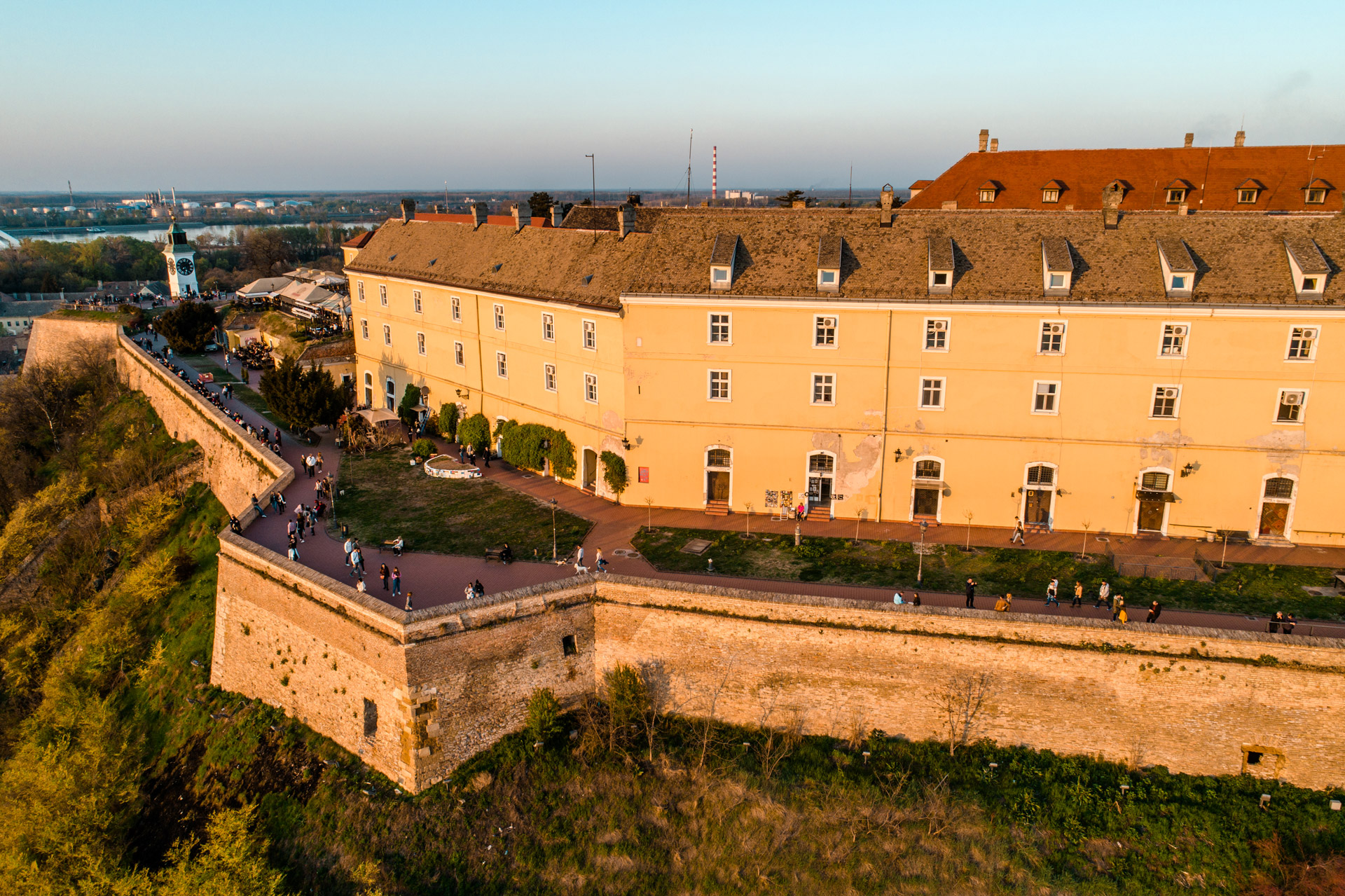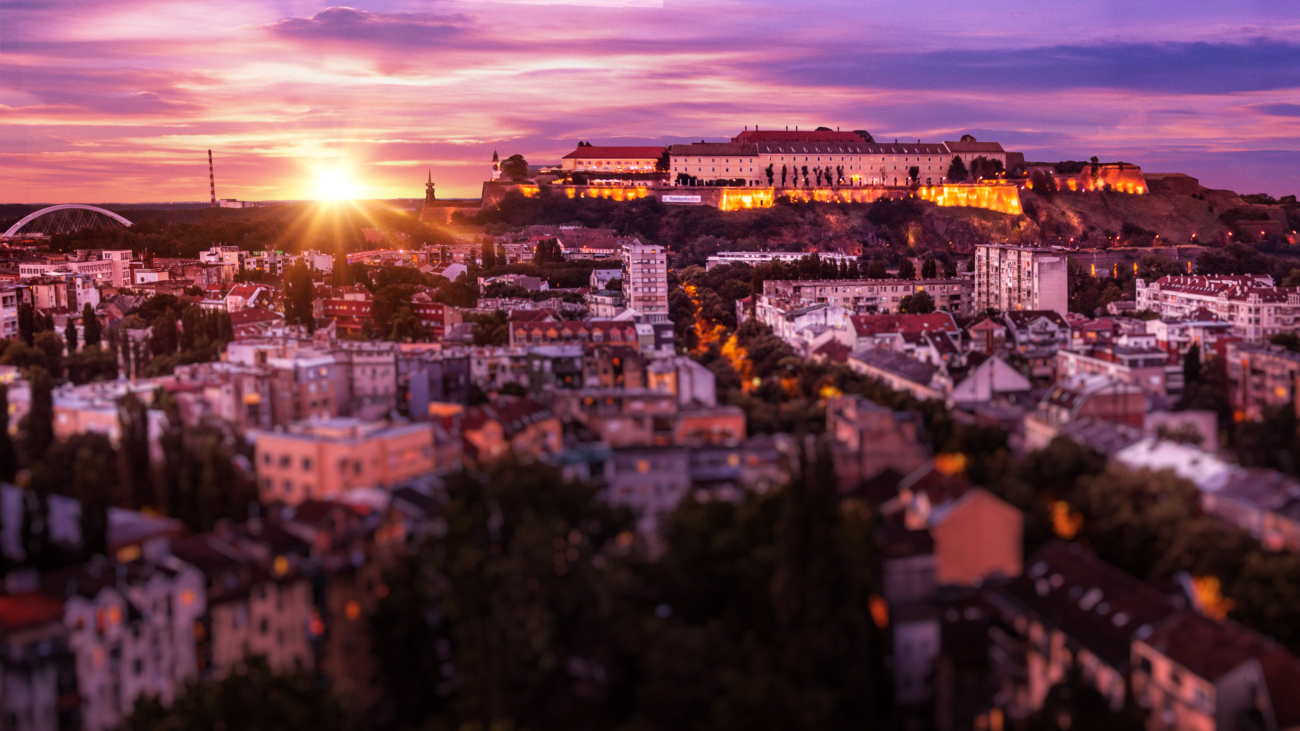According to the latest archeological research, the first and oldest settlement in Petrovaradin was founded by members of the Vinča culture in the Late Stone Age, between 4500 and 3200 BC, while the first fortification was built during the Copper Age (about 5000 years ago). From its prehistoric beginnings, Petrovaradin was part of the mighty Roman Empire, the Kingdom of Hungary, the Ottoman Empire, and the Habsburg Monarchy, with the Fortress being demolished and rebuilt several times, while always retaining its instrumental military and strategic significance.

The Fortress, as we know it today, was built over a period of almost 88 years, with longer or shorter interruptions during the reign of the Habsburg Monarchy. Difficult construction conditions caused the death of many workers, numbering as many as 40 to 70 deaths a day during periods of the most intensive works. Once it was finally completed, it was considered the strongest fortress in the Habsburg Monarchy and this part of Europe receiving the name Gibraltar on the Danube. It is a unique example of military architecture from that period, considering that it is one of the few that has been largely preserved. After the Hungarian Revolution, the Fortress was used as a large warehouse and prison in which many famous people were imprisoned such as Nobel Prize winner Ivo Andrić, Vasa Pelagić, Jaša Tomić, Vladimir Jovanović, and many others.

The Fortress was damaged during the First and Second World Wars, as well as in the period between the two great wars, but after the Second World War it was placed under state protection which led to parts of the Fortress being reconstructed and adapted for the needs of cultural and educational institutions, some of which are still there today like the City Museum and numerous fine and applied arts studios. Today, the Fortress is home to a number of major cultural events including the EXIT Festival and is finally getting the attention it deserves.

Numerous legends are associated with Petrovaradin Fortress, the most famous of which is the one with a secret tunnel under the riverbed that connects the Fortress with the left bank of the Danube, and which served as a passage for the last Austro-Hungarian soldier and his fiancée in 1913. Apart from this, there is a well-known legend according to which the builders of the Fortress put live cats into the foundations of the new fortification at the beginning of the 17th century in order to ensure the longevity of the Fortress stemming from the belief that cats have nine lives. The legend of the cats is partially supported by the stone relief of a cat’s head found in the ramparts that are kept in the City Museum today, but also the story that workers found mummified remains of cats during the reconstruction of the fortress after the Second World War, which turned to dust at touch.

Today, the Fortress is adorned with numerous cultural institutions and recognizable symbols. Thus, the main building of the Museum of the City of Novi Sad, the Institution for making tapestries Atelje 61, the observatory and planetarium of the Astronomical Society of Novi Sad, as well as the largest informal art colony in the world Likovni krug (The Art Circle) are located on the Fortress. In addition to the biggest tourist attraction, the Underground Military Galleries, the most recognizable feature of Petrovaradin Fortress is its Clock Tower. The specificity of the clock mechanism, which is more than 300 years old, is that its small hand shows minutes, while the big hand shows hours, and even in rare moments when it is not working, it shows the correct time four times a day. In addition, it received the epithet the “drunk clock” due to the fact that this clock runs late during cold weather and speeds up during nice and warm weather.
Take a Petrovaradin Fortress virtual tour here.